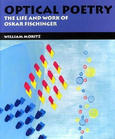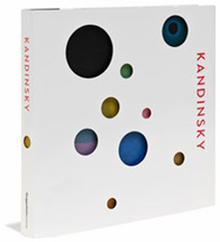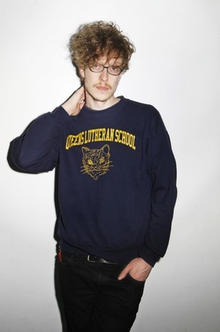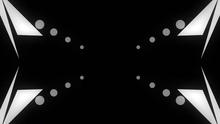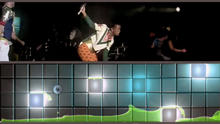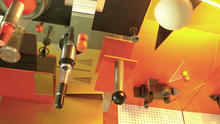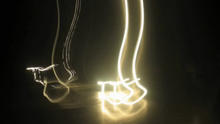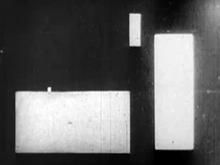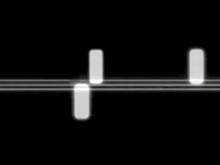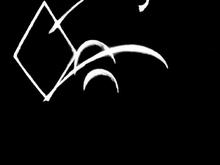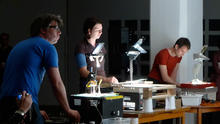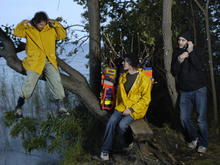Shift
(2010)by Max Hattler is a three minute animation and exhibits influences as disparate as modernist abstraction to industrialisation and German Expressionism. Sound by David Kamp.
There are certain moments created by artists where it becomes apparent that they have completed a period and are ready to shift up a gear; challenging themselves, challenging audiences and challenging the body of work that they have already produced. Filmmaker Max Hattler produced in 2010 a piece called Spin. This Busby Berkeley-style dance routine played out by plastic toy soldiers seemed to instigate a slight change in working practice, and he presents his latest work, open now, at Tenderpixel. This new installation of three moving image works is entitled (appropriately enough) Shift. Commissioned between Animate Projects and Channel 4, the work is the latest in a series of co-productions between the two organisations, in a strand called Random Acts, bringing the work of film and video artists to terrestrial broadcast television. Shift is a very strong work. The three minute animation exhibits influences as disparate as modernist abstraction to industrialisation and German Expressionism. The effect is jarring, and in the Tenderpixel basement a fitting mausoleum for sci-fi exploits played out under factory-esque, conveyor-belt conditions. Hattler's work has always been exuberant and anticipatory; Shift presents an abstract apocalypse, hearkening back to the fears of the modern age. It's beautiful, and it's scary, and it's utterly engrossing.
Source: Because Magazine
Dazed Digital: Tell us a bit more about Shift… why did you decide to explore the apocalyptic theme?
Max Hattler: The theme of a dimensional shift is a progression of sorts from 1923 aka Heaven, 1925 aka Hell, and Sync, which all deal with meta/physics. I’m currently very interested in exploring these ideas on the overlap between sacred geometry and spirituality, looking at existence, physics, time and universe as a multi-dimensional machine that can be represented in an abstracted way. Animate Projects approached me about making a film for Channel 4 with them on the subject of 2012 Apocalypse, and I immediately jumped at the chance. After the Tenderpixel show, which contains two more smaller works apart from the film proper, Shift will be broadcast as part of Channel 4’s Random Acts and shown online.
Dazed Digital: These works have a strange tribal, ritualistic feel that is so digital but almost pre-historical at the same time. Is this duality something you wanted to convey?
Max Hattler: In all my work, I’m interested in how abstraction can open up spaces for different kinds of audience engagement, how a detachment from the instantly recognisable can open up a space for reflection. The tribal, ritualistic aspect is definitely part of that; repetitive patterns, basic geometry and kaleidoscopes are all instruments in this endeavour. How we respond to geometric symmetries, how we have abstract fever dreams, or what we see on hallucinogenic drugs, It all taps into hard-wired circuits deep inside our brains. In a world over-saturated by the same images, I think that abstraction offers some space to negotiate new meanings, and meditate and reflect on the world around us.
Source: Dazed Digital
